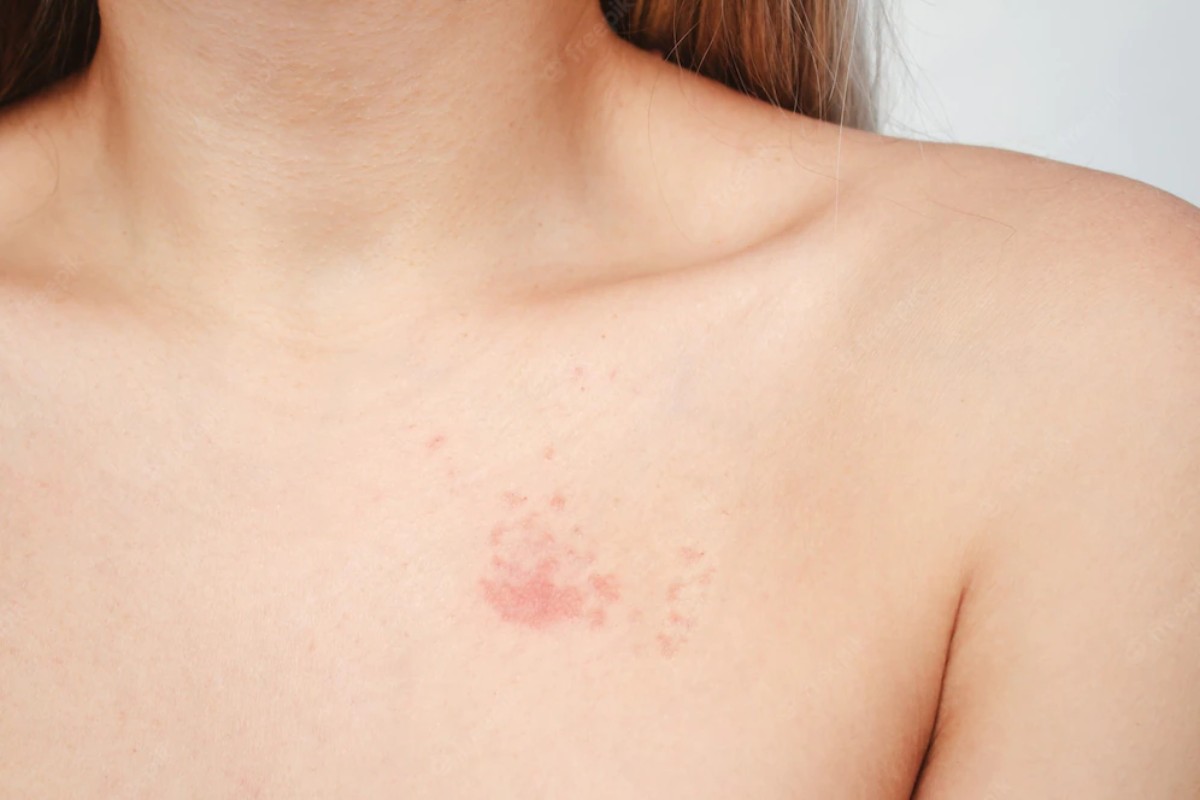There is no secret that many bacteria and fungi thrive and flourish on your skin. However, the majority of them are not harmful. The bulk of bacteria is required by your body to perform regular functions. Some, on the other hand, might cause illnesses if they begin to multiply excessively. Candida yeast is generally found on your skin. However, when yeast overgrows in some places on the skin, it can cause an infection. An infection on the skin caused by candida is called skin candidiasis.
This infection usually creates itchy, red, scaly, wet areas or rashes on your skin. This rash also has the potential to spread to other parts of the body, and they are very uncomfortable and must be treated at once. So, in order to avoid being in this situation, let’s dive into some ways to prevent yeast infections on your skin.
Table of Contents
Occurrence of Skin Infection
Skin folds under the breasts and the abdomen area is common sites for yeast infections on the skin. These warm and moist places in the skin fold often encourage yeast growth. Yeast infections can also occur in other areas of the body, such as the armpits.
Your healthcare provider may recommend an antifungal medication if the infection is severe. In most cases, the infection clears typically within a week of therapy. But proper treatment is recommended to prevent the recurrence of skin infections.
Symptoms of The Skin Infection
A rash is the most common sign of yeast infection on the skin. The rash commonly causes redness and severe irritation. In certain conditions, the infection might produce cracked and painful skin. The rash can appear anywhere on the body, although it is most likely in skin folds. These areas encompass the armpits, groins, and genitals, between the fingers and beneath the breasts.
Candida can also cause infections in the nails, nail edges, and corners of the mouth. Babies can also get skin candidiasis, particularly on the buttocks. Candida thrives in the moist atmosphere provided by a diaper. Skin candidiasis is also common in people with diabetes and obese people. People with weak immune systems are also at risk of getting skin infections.
Preventing Candida Skin Infections
Even after therapy, candida skin infections might reoccur in some patients. Good hygiene habits can prevent getting skin infections. The following six actions can help avoid a candida skin infection from forming or recurring:
-
Wearing Comfortable Clothes
Wetness and dampness create the perfect habitat for yeast proliferation. Tight clothing and shoes provide a wet environment in which candida thrives, resulting in a skin yeast infection. Dress comfortably to allow your skin to breathe. Wear loose clothes and shoes to avoid sweating and extra dampness.
-
Wear Dry Clothes
Change out sweat-soaked clothes, socks, and shoes quickly after exercise or on hot days since they provide an ideal habitat for yeast to flourish. Likewise, bedsheets, which gather moisture as you sweat during the night, should be changed regularly to prevent fungus from growing.
-
Wear Clean Garments
Wearing hygienic clean clothes reduces the chances of getting chronic skin infections. Most individuals reuse their garments several times before washing them. If you wear unclean clothes regularly, you may develop skin infections. Every day, wear clean and dry clothes, including undergarments and socks.
-
Keep Yourself Dry
Dry and clean your feet, underarms, groins, and buttocks. Because these areas tend to be moist, they are the most commonly infected sites in fungal infections. Choose breathable clothing and footwear. Change your wet underwear, socks, or garments right away.
-
Maintain Good Personal Hygiene
A bath once a day is sufficient to maintain cleanliness. This cleaning method is the fundamental principle of personal hygiene. However, taking a shower after excessive sweating or working out at the gym is recommended. After washing or bathing, make sure you are dry. While showering, thoroughly clean your nails and the area under them. To help avoid the spread of infection, keep your nails short.
-
Follow proper treatment
If your healthcare provider prescribed a cream or instructed you to use an over-the-counter cream, apply it for the recommended amount of time. Even though the rash has faded, the fungal infection may still be present, so continue to use the cream for as long as your provider suggests.
Candidiasis of the skin typically clears up with therapy, and most patients recover completely without consequences. If treated, candidiasis usually clears up in one to two weeks. However, recovery time without prescription therapy might range from a few days to a few weeks, depending on the severity of the illness.
Having a skin yeast infection is not fun for anyone. Still, you are on the right track by understanding the symptoms of this infection and implementing prevention tactics into your everyday routine.
About The Author:
Dan Jackowiak, Nc, HHP, is the Founder of Yeast Infection Advisor. Dan is a Holistic Healthcare Practitioner and nutritional consultant who suffered from yeast and bad bacterial overgrowth of the gut for most of his life. The information on his website is a combination of his own nutrition and holistic training, life experiences, collaboration with fellow experts on his team, and over 18 years of studying medical research on candida yeasts infections of all types, which has allowed him to take his life and health back help others overcome yeast-related health problems and digestive problems of all kinds.

